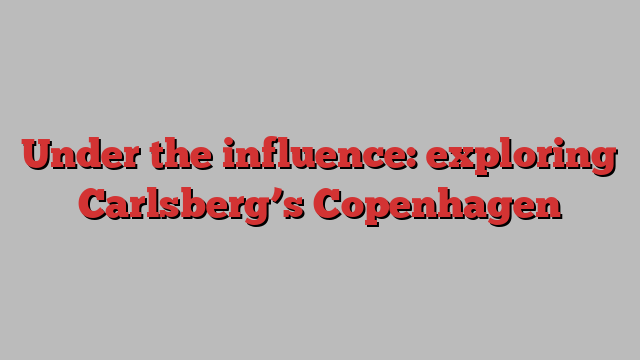
This article is part of FT Globetrotter’s guide to Copenhagen
The Carlsberg brewing fortune is always visible in the fabric of Copenhagen, if you know where to look. And I decided to look hard, building a day’s walking tour around the legacy of the brewing magnate Carl Jacobsen (1842-1914) and his wife, Ottilia. In 1847, Carl’s father JC Jacobsen had named a new Bavarian-style beer after his son. There was much family drama, including rival breweries owned by father and son, but Carl made a fortune out of Carlsberg. Being Danish and civic-minded, he channelled a lot of that money into what he called “the service of art”.
One result of that largesse is Copenhagen’s world-famous landmark, the Little Mermaid statue, commissioned and paid for by Carl Jacobsen. But you could spend a wonderful day taking in some of Jacobsen’s most significant endowments. First, the grandeur of the Glyptotek museum, best seen when it opens, before the crowds get there. Then walk, cycle or take the metro to Carlsberg Byen, or Carlsberg City District, where the original 19th-century brewery buildings and monuments have been preserved.
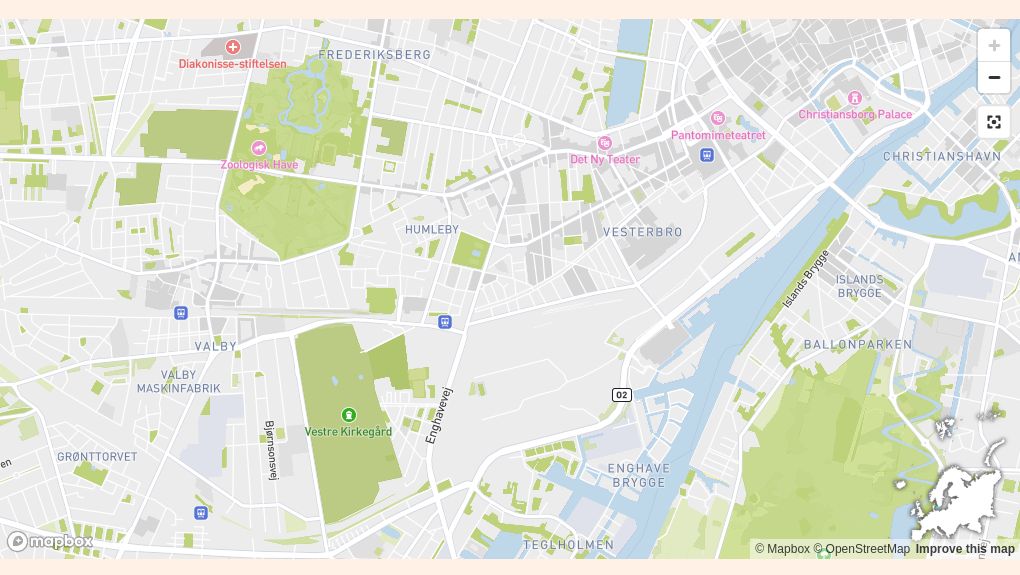
Most of the brewers haven’t been there since 2008, and Carlsberg’s giant Danish production site is now a couple of hours away at Fredericia. It’s a very good time to visit the original brewery quarter, as the area is currently being zhuzed up by developers into a cool and (as they say) intentionally planned living, eating and drinking area. There’s even a branch of the extremely cool Gasoline Grill burger restaurant in an old brewery boiler house.
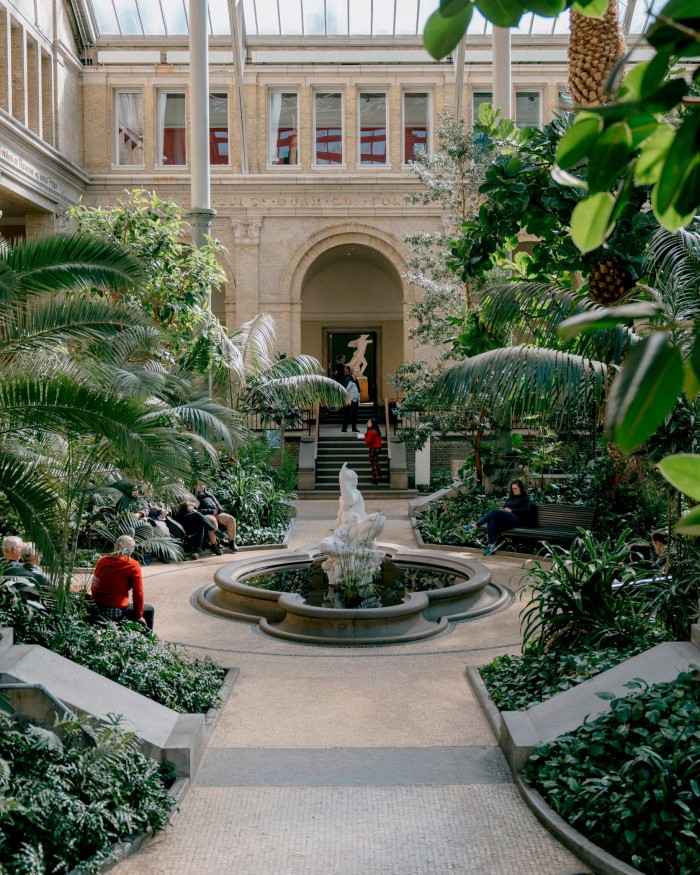
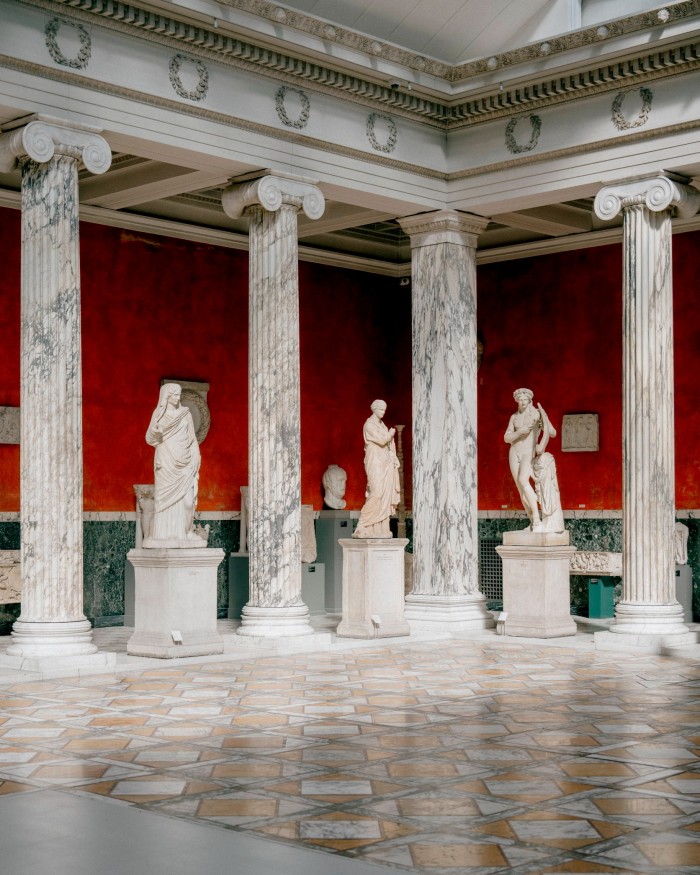
But first, the Glyptotek, officially Ny Carlsberg Glyptotek, in the centre of town, next to Tivoli Gardens. I’m a museum nerd, and my happy place is constructing holidays almost entirely around museum (and church) visits. This one has gone straight in as one of my top five all-time favourites. The unusual name comes from the Greek glyptos, meaning sculpture or carving, and theke, a place for displaying things. Carl Jacobsen donated his art collection in 1888, and followed it with his vast collection from antiquity and building a museum to house the lot, which opened in 1897.
The building is a marvel in itself, created by three important Danish architects and containing exhibition halls, of course, but a surprise at its heart: a domed winter garden, complete with giant palms. There’s also the Festsal (banquet hall) built like a Roman forum. Everything is huge, airy and art- and statue-filled. Come here even if you hate sculpture. The sheer verve of the place — a roomful of Rodins! — is infectious. I walked through every room, after which it’s important to fortify with a coffee at the museum café overlooking the winter garden, before heading to Carlsberg Byen.
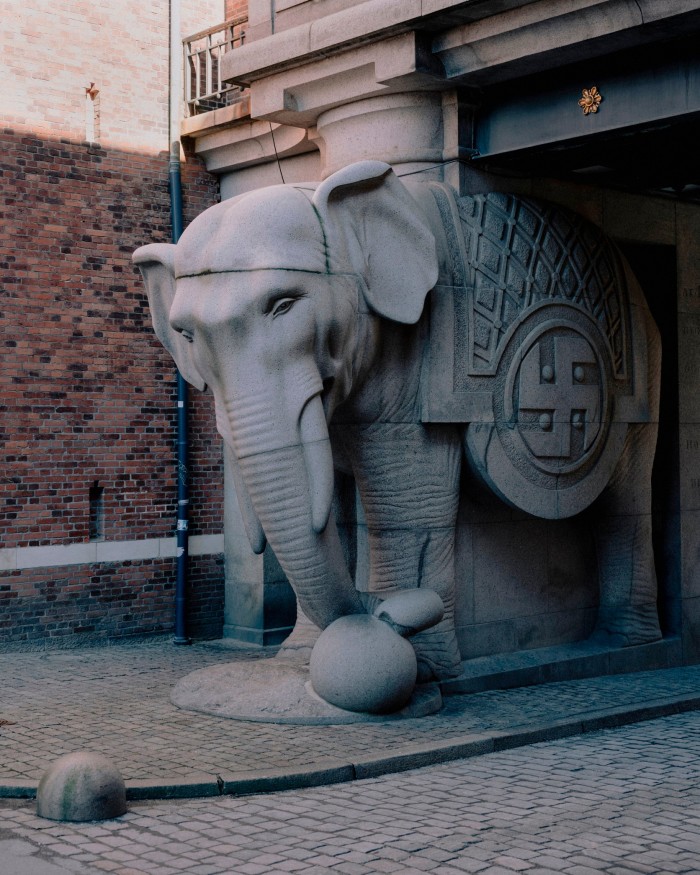
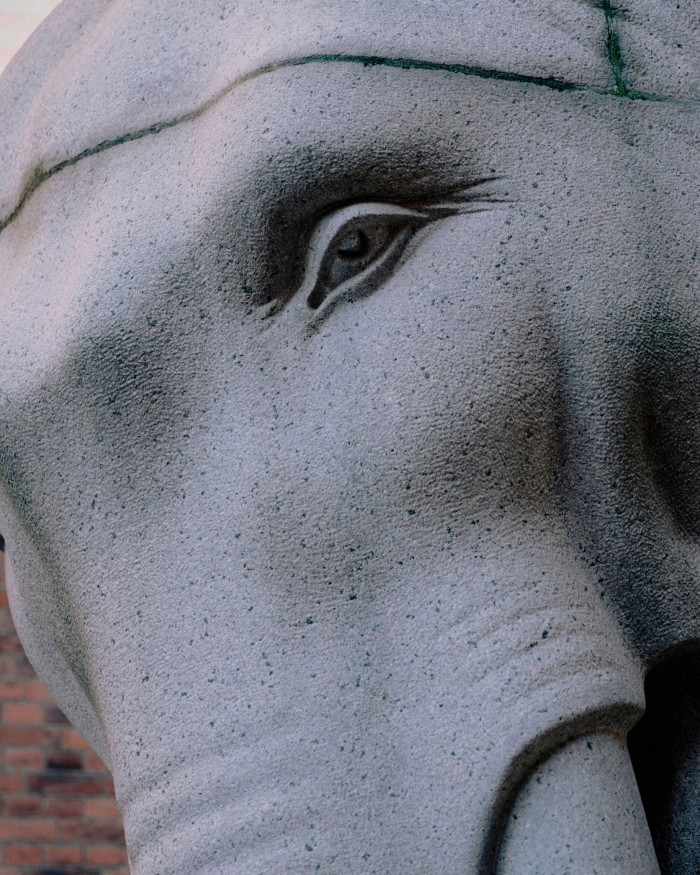
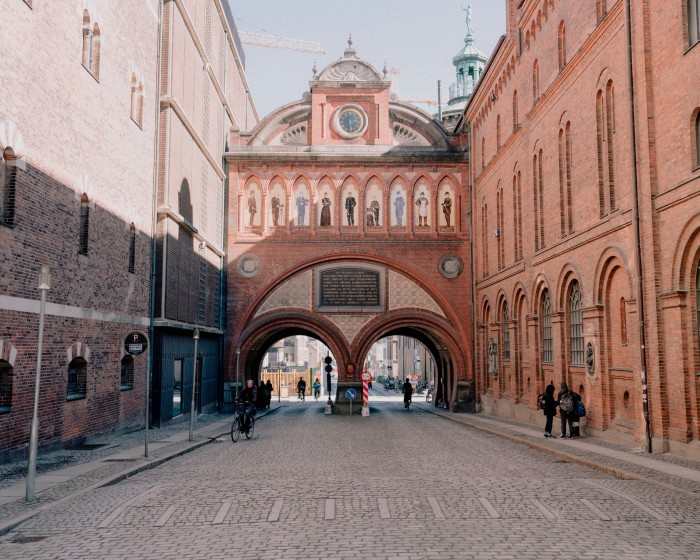
Start with the most famous site in Carlsberg Byen, the extravagant Elephant Gate and Tower marking the entrance to the Ny (new) Carlsberg brewery that Carl founded in 1882, in competition with his father’s older brewery. (The Jacobsen family rows are epic — and worth a deep dive when you take a break from sightseeing.)
Walk through the gate, past the four elephants carrying the tower — built for the four surviving Jacobsen children. The swastikas carved on the elephants’ sides come as a shock, even though they are pre-Nazi. Just up the road is the Dipylon Gate — another startling sight, and covered in mosaics of the Jacobsen family and Carlsberg associates.
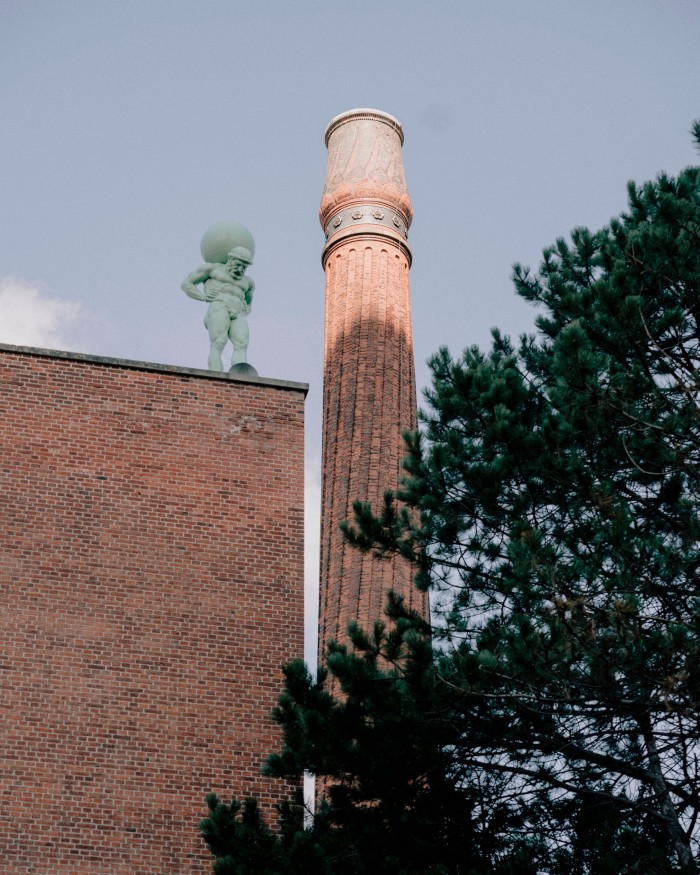
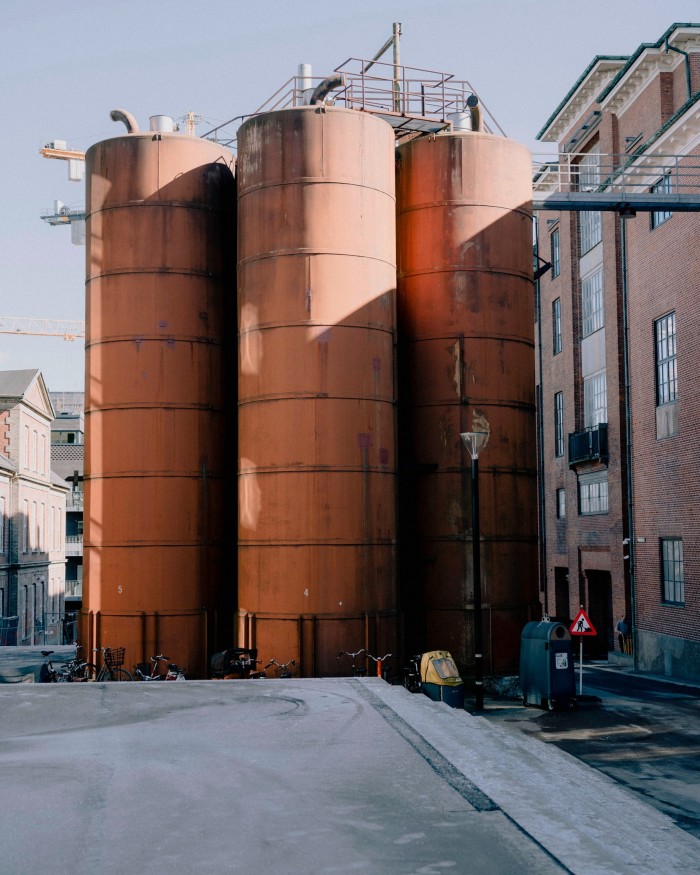
The Winding Chimney though, dominates the whole area. It’s a 56m structure commissioned by Carl Jacobsen — and it shows how a factory building could be architecturally beautiful as well as functional. Look up to see some gargoyles clinging on. It dates from 1900 and is among the prominent works of Vilhelm Dahlerup, an architect who pops up all over Carlsberg’s Copenhagen. His other notable commissions include the winter garden at the Glyptotek — and the Elephant Gate.
I’ve highlighted some of the sights I liked best — but it’s a treat just to wander the streets, roughly between Gamle Carlsberg Vej and Ny Carlsberg Vej and see what you find. There are many old brewery buildings of varying degrees of architectural interest (silos, stores, chimneys) and lots of information boards, direction markers, and maps in English.
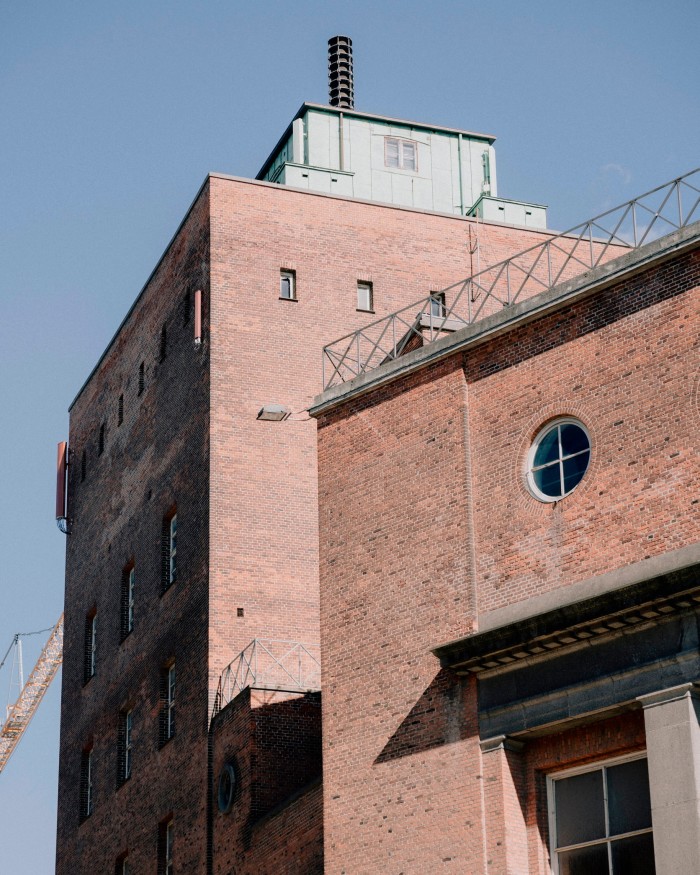
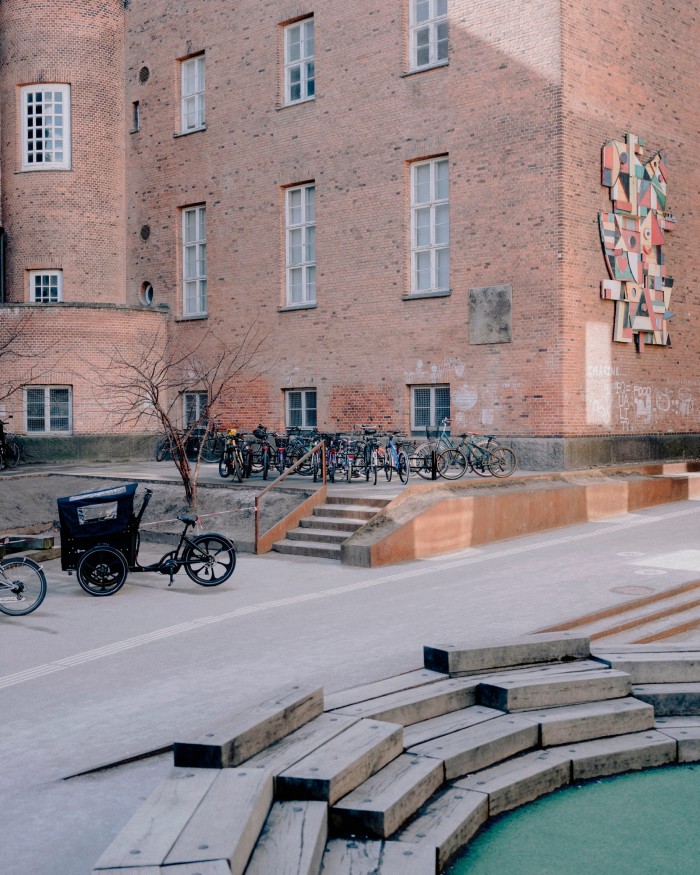
This area is buzzy: cranes, building sites and hoardings abound as the place is reimagined with new apartments, offices and shops. For full immersion in all things Carlsberg, you could also book a tour of the company museum, the Home of Carlsberg, inside the brewery quarter. (There’s still a specialist brewery on site here.)
Of the many industrial buildings, I especially liked the Machine Centre, a vast structure that housed all the machines to provide Carlsberg with its own electricity supply. Self-sufficiency and efficiency are at the heart of everything in the quarter (and today’s managers could probably learn useful tips on efficiency from the Carlsberg family methods).
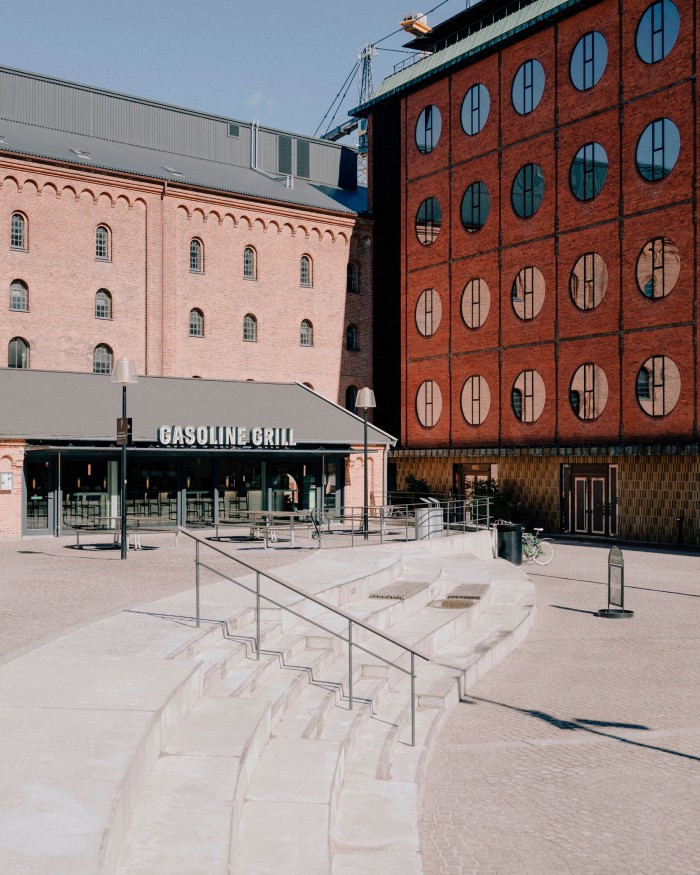
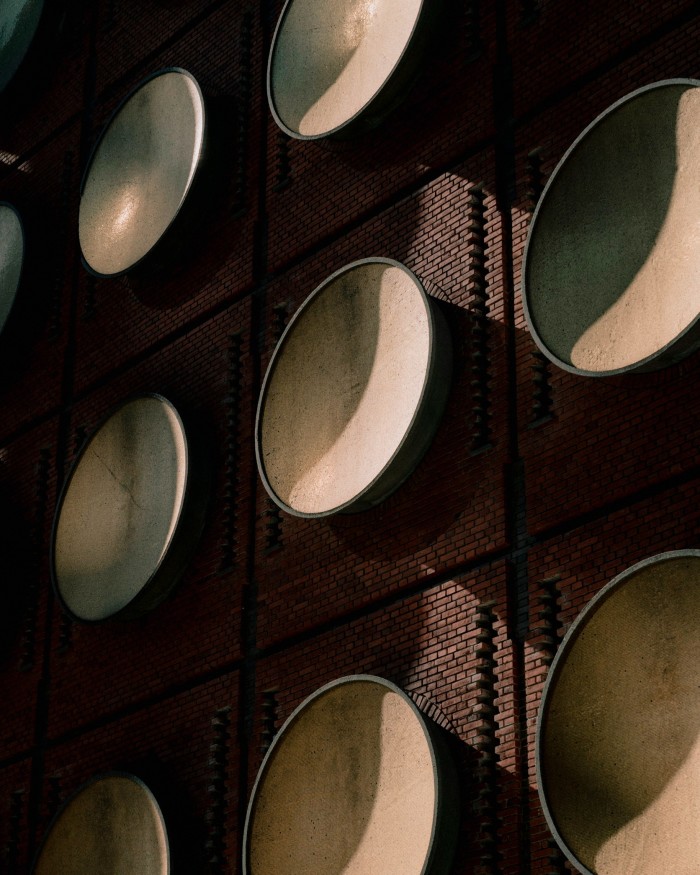
What is now the very cool Hotel Ottilia was built in 1969 and known as Storage Basement Three. It’s a captivating building to look at and photograph: there are 64 discs covered in gold leaf symbolising the horizontal beer tanks that were once inside. The original name comes from the traditional practice of storing beer underground, but architect Svenn Eske Kristensen created a big above-ground facility. Staying here would be the ultimate Carlsberg homage. Next door — and now also part of the hotel — the Malt Magazine was erected in 1881 (Vilhelm Dahlerup again). It now houses a branch of the international spa chain Aire Ancient Baths. The group specialises in repurposing old vaults to create luxe, low-lit Roman-style relaxation spas. (Although without the decadence, in my experience at least.)
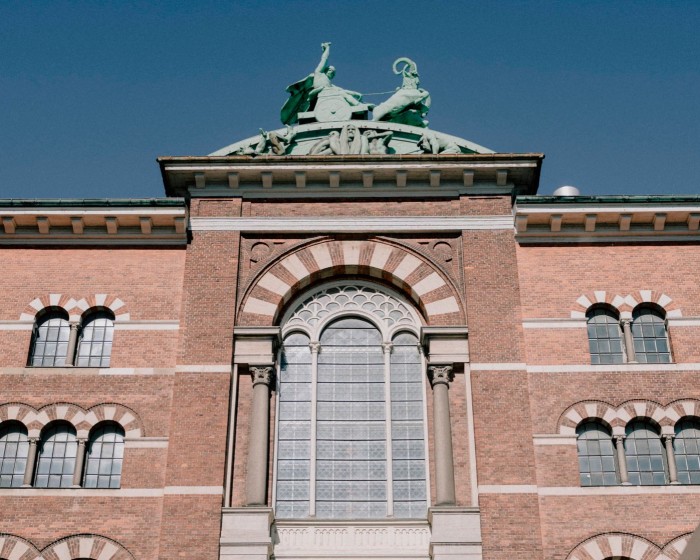
Also photogenic, the New Carlsberg Brewhouse (dating from 1901) was inspired by an Italian palazzo and has a massive copper sculpture on the top. It’s yet another of Carl Jacobsen’s efforts to commission lovely buildings for his employees to work in. Some 120 years later, most of us are still waiting for similar chances.
Finishing the tour of Carlsberg Byen’s highlights, the Chalk Tower and the Star Gate (both 1883) are easy to spot. The chalk tower is not chalk (it’s limestone) and it houses a lighthouse, with a (then exotic) electric light that illuminated the darkness of Copenhagen at night. It must have been quite something. The building is now a gallery, Von Bartha Copenhagen, which has some great original photos of the building on its website. Next to it — and a fitting place to finish a short tour — the Star Gate is the original entrance to the Old Carlsberg site, the part of the operation run by Jacobsen Sr.
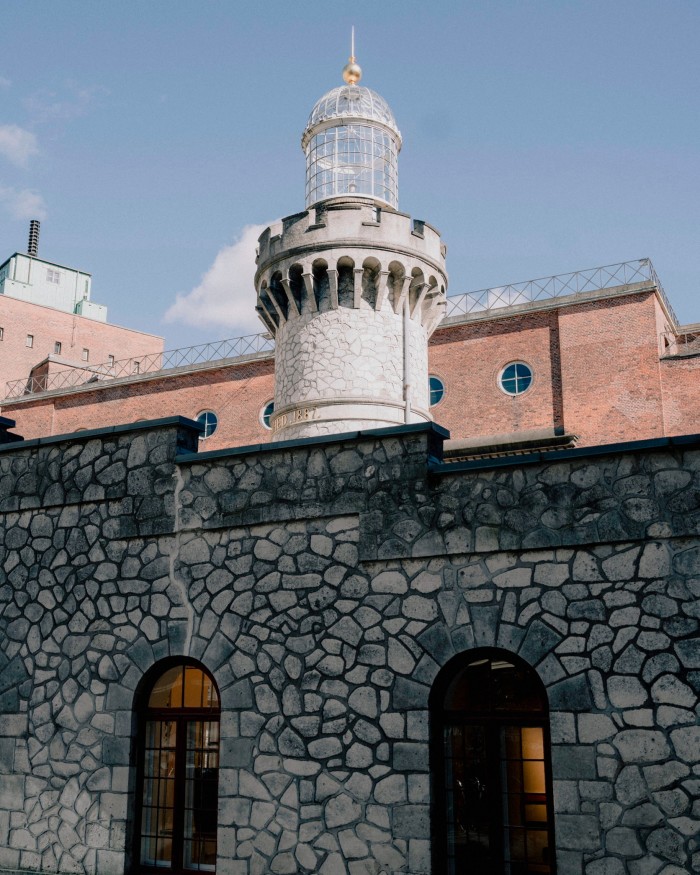
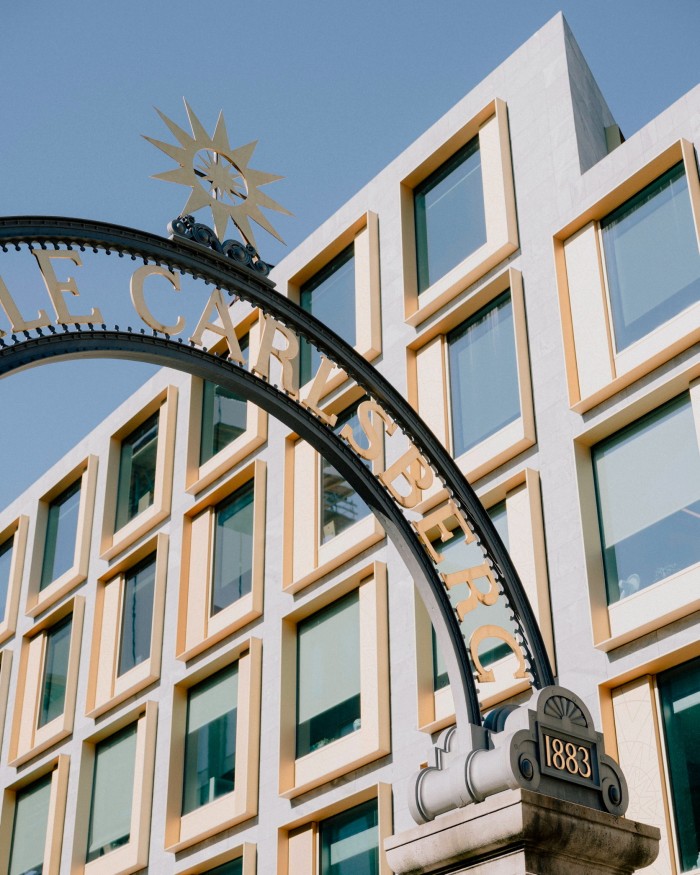
Probably the best Carlsberg Byen info box in the world
-
The Carlsberg family website has detailed histories and a map of all the places in Copenhagen with a Carlsberg link.
-
The Glyptotek website has a history of Carl and Ottilia’s art collection and of the building itself.
-
Carlsberg Byen’s site has information about the brewery buildings, restaurants and bars, and the infill buildings going up now.
Food and drink
-
Cadence, a cool place to stop for pastries, brunch and lunch.
-
Carlsberg’s Carl’s Øl & Spisehus (Beer and Eatery) — a proper brewhouse with traditional Danish food.
-
Aamanns Genbo: a new branch of the famous smørrebrød specialist restaurant has opened in Carlsberg Byen.
On a clear day, you could walk a little further north, as I did, and reward yourself with takeaway pastries or sandwiches from one of the many hipster eateries. Eat them on a bench in lovely Søndermarken, the park just outside the brewery quarter. Or, even better, stop at a bar to salute Carl’s vision with a cold pint of Carlsberg.
The Little Mermaid, I decided, would be the last stop on my tour. I had to do it the following day as she sits on harbour rocks, a way north from the tourist spots in the centre of town. As it turned out, she is also underwhelming IRL, as many of the world’s most-photographed sites tend to be. I made my way up there because I am a completist — and the walk along the city’s harbour to Langelinie Pier is wonderful.
Have you explored Copenhagen’s Carlsberg heritage? Tell us in the comments below. And follow FT Globetrotter on Instagram at @FTGlobetrotter
Cities with the FT
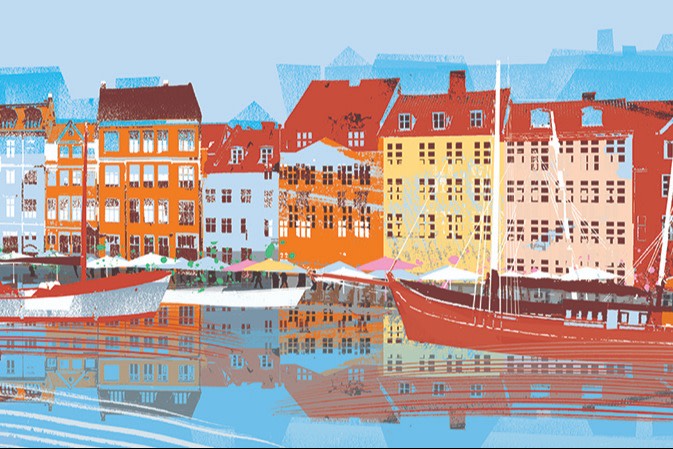
FT Globetrotter, our insider guides to some of the world’s greatest cities, offers expert advice on eating and drinking, exercise, art and culture — and much more
Find us in Copenhagen, London, Hong Kong, Tokyo, New York, Paris, Rome, Frankfurt, Singapore, Miami, Toronto, Madrid, Melbourne, Zürich, Milan, Vancouver and Edinburgh